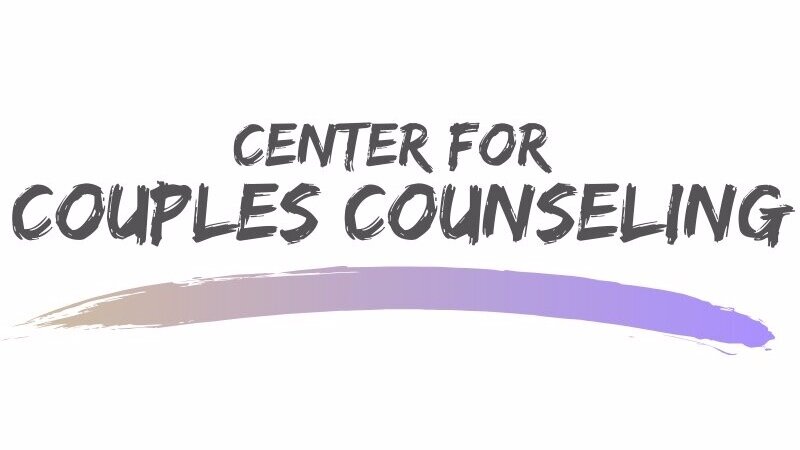Is There a Demon Dialogue Haunting Your Relationship?
What are you looking to get out of the counseling process?
Improving communication is the number one goal for a majority of couples seeking relationship counseling. Couples come into counseling looking to decrease arguments and strengthen their relationship. Many clients are aware that it is faulty communication that creates unnecessary conflict.
The first step in changing negative communication in a relationship is figuring out where communication has gone wrong. No matter the amount of “bandages” applied, relationship wounds will not heal, and pain will not fade until problems are addressed at a core level. Awareness and adequate treatment is the key to relationship recovery.
Through years of examining couples, Sue Johnson the founder of Emotionally Focused Therapy has identified three main communication patterns that have plagued relationships. Johnson has named these three patterns “demon dialogues”. When discussing each of the demon dialogue patterns many couples have an “AHA” moment. Once you and your partner recognize which communication pattern is haunting your relationship, together you can work on making changes to kick the demon dialogues to the curb.
Demon Dialogue 1 - Find the Bad Guy
The first demon dialogue is exactly how it sounds, you and your partner are having a back and forth blame game. You could also call this dialogue “It’s not me it's you” or attack-attack. Finding the bad guy is a dance of self-protection, the catalyst of this pattern is feeling hurt and vulnerable.
You may feel that all emotional safety is lost and you are trying to get back in the power seat. We attempt to gain control over our vulnerability by making accusations and blaming our partner. When couples are stuck in this pattern there is no opportunity for relaxation and connection. Partners are constantly preparing for an attack and all emotional warmth is put aside.
Couples engaging in this pattern tend to bring up past conflicts and point out each other's failures; Sue Johnson calls this concept the Content Tube. Partners try to figure out whose bad behavior started the conflict. Each partner is trying to figure out who is the “problem” in the relationship. This pattern of communication will continue to increase in intensity, the attacks will dig deeper and deeper. The key to stopping this dance is realizing neither partner is the bad guy, instead, the communication pattern is the bad guy.
Demon Dialogue 2- The Protest Polka
This demon dialogue is characterized by an attack-withdraw pattern. One partner is feeling a disconnection and uses protests to get any type of response. The protesting partner feels that any response is better than none. The protesting partner will pursue their mate which causes their partner to step back. As one partner increasingly pursues, the other partner continues to take steps back. This pattern will continue and create a dance that promotes distance and distress.
As this dance is performed eventually the pursued partner will feel emotionally worn out, become completely withdrawn and engage in “stonewalling” behaviors. After years of dancing, the pursuer may eventually fatigue and the relationship falls into the next demon dialogue, the freeze and flee. To put a stop to this dance, partners need to foster a safe space to openly communicate their emotional needs.
Demon Dialogue 3- Freeze and Flee
The final demon dialogue is the freeze and flee. This pattern is characterized by a withdrawn-withdrawn model. In both of the previous dialogues, partners are still engaging in a communication tango. During the find the bad guy dance, both partners going back and forth taking aim, during the protest polka the pursuer takes lead and causes the other to take a step back.
When couples are in the freeze and flee pattern there is no longer anyone on the dance floor. Both partners have shut down, each engaging in self-protection. There is no longer the back and forth of the blame game, nor is there one partner reaching out for reconnection. Each partner has given up on the emotional connection. Because neither partner has the desire to communicate about conflict, partners in this category may act polite and cordial to each other. Outsiders may even assume the marriage or relationship has greatly improved when in reality each partner has given up hope of true reconciliation. Without addressing this communication pattern the marriage is at a great risk.
Now that we have gone over the three major communication styles, take some time to analyze your own relationship. Once you can identify which trap you are falling victim to you are ready to dive deeper and address attachment fears that keep these patterns alive. If this blog resonated with you please reach out to the Center For Couples Counseling where we can help you identify communication patterns that are no longer serving you and transform your partnership.

